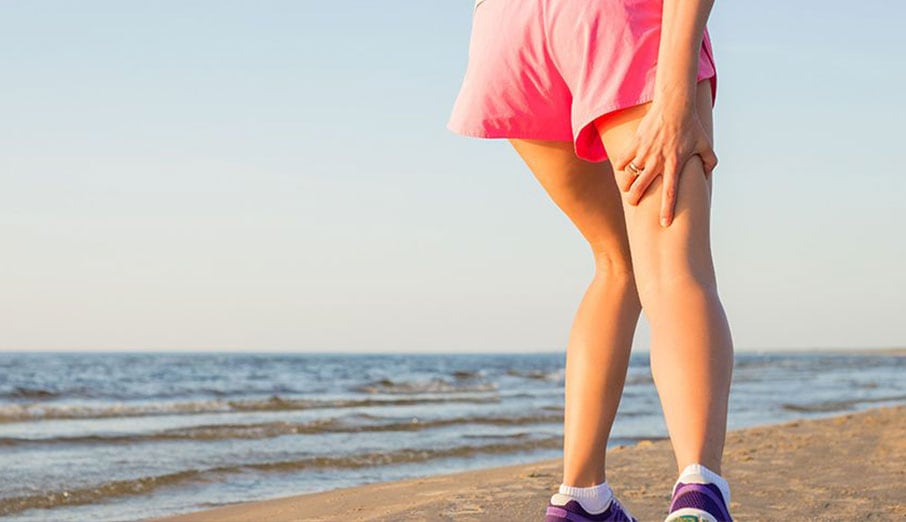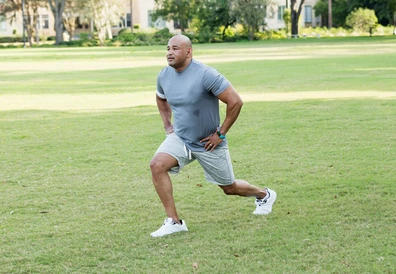Muscle Strains
May 4, 2021
Winter sports are back and with them come more muscle strains, particularly hamstrings, quadriceps and calves.
So what is a muscle strain? How do you treat them and how do you stop them from happening?
Muscle is made up of individual muscle fibres. These muscle fibres are bundled together, and the bundles of fibres are called fascicles. These fascicles are then bundled together to form the muscle.
A muscle strain is when a tear occurs in the muscle tissue. Even in a low grade muscle strain, some muscle fibres are torn.
It’s commonly thought that muscle strains occur when a muscle is stretched too far. While this is sometimes true, more often they occur when a muscle is experiencing too great a lengthening force as it is trying to contract.

Examples are hamstring strains occurring during sprinting or kicking, where the quadriceps is pulling against the hamstrings with more force than the hamstrings is able to withstand.
If you experience a muscle strain, it’s helpful to perform good acute injury management, as you would for other injuries such as ankle sprains.
The good news about muscle strains is that they tend to heal quite well along a fairly well defined timeframe. This is because muscles have a very good blood supply and so natural tissue healing occurs.
Typically return to sport can occur between 3 weeks for lower grade muscle strains, and 12 weeks for the most severe (although the vast majority recover in no more than 8 weeks).

While the tissue does repair naturally, it is important to treat and rehab muscle strains to achieve optimal outcomes and reduce the risk of reinjury. Treatment and rehab should include:
- Assisting with acute management to reduce pain and inflammation in the early stages
- Exercises to restore the strength of the muscle, and later to restore muscle length.
- Addressing factors which may contribute to the risk of injury (eg glute max weakness increases the risk of both quadriceps and hamstring strains)
- A guided return to sport

You can reduce your risk of muscle strains by:
- Ensuring large muscle groups such as hamstrings, calves, quads and adductors are conditioned for the demands of your sport
- Performing an adequate warm up before sport, particularly including dynamic stretching
- Not ramping up your training load too quickly, and resting from sessions if you’re becoming too fatigued.
If you suffer a muscle strain, come see our physiotherapist in Aubin Grove to help you return to sport.
-
 What Can Make Neck Pain a Headache?
What Can Make Neck Pain a Headache?
Often people experiencing a headache are also experiencing neck pain/tightness a...
-
 How Physio Can Help Your Headaches
How Physio Can Help Your Headaches
Headaches are no fun. Some people will only experience short-term headaches ever...
-
 We Need to Rely Less on Medical Imaging for Back Pain
We Need to Rely Less on Medical Imaging for Back Pain
Medical imaging technology seems great, right? It can take pictures of what your...
